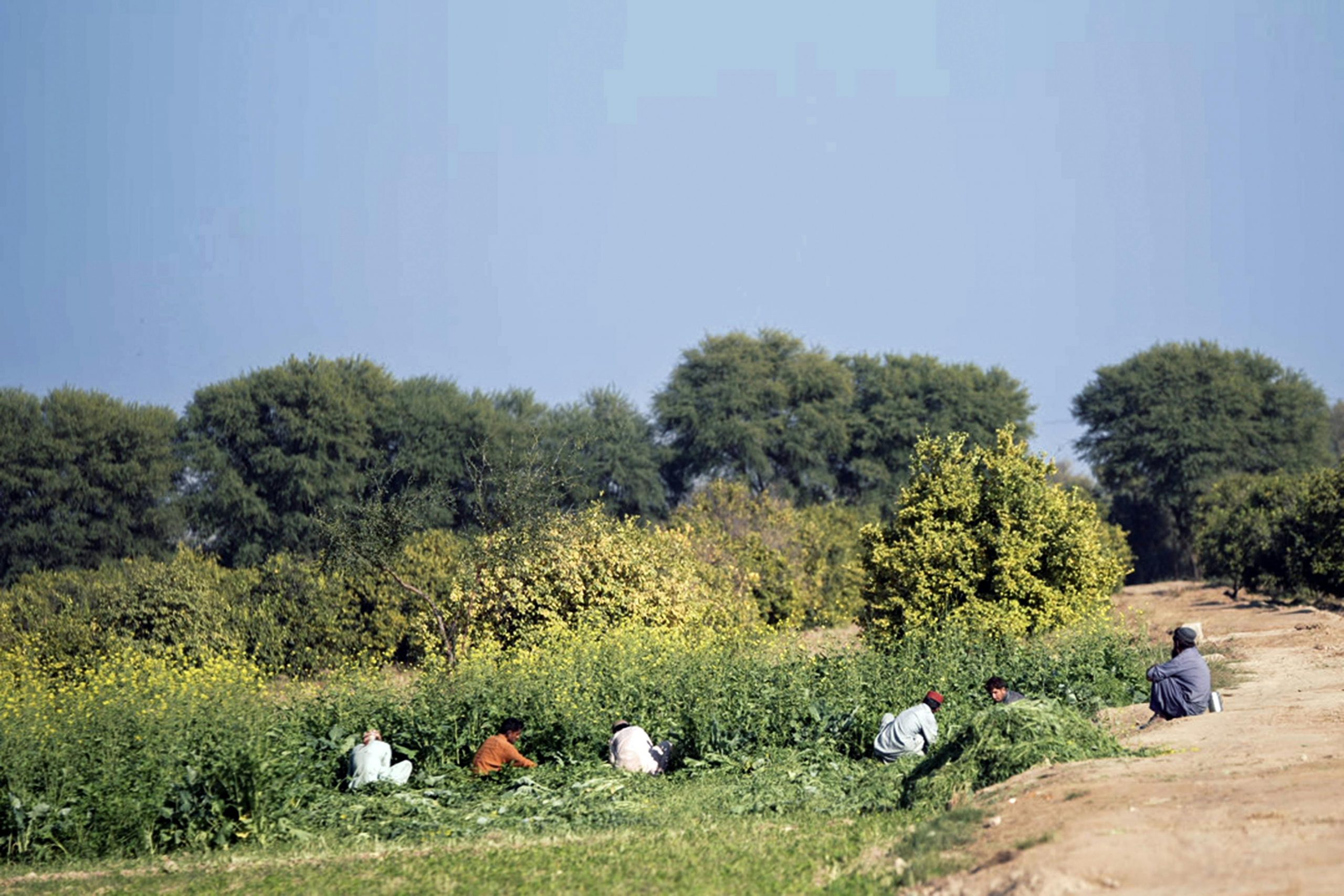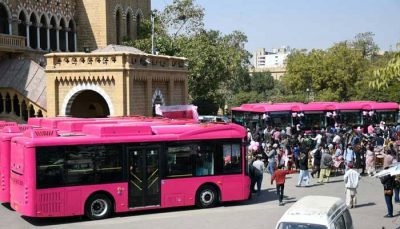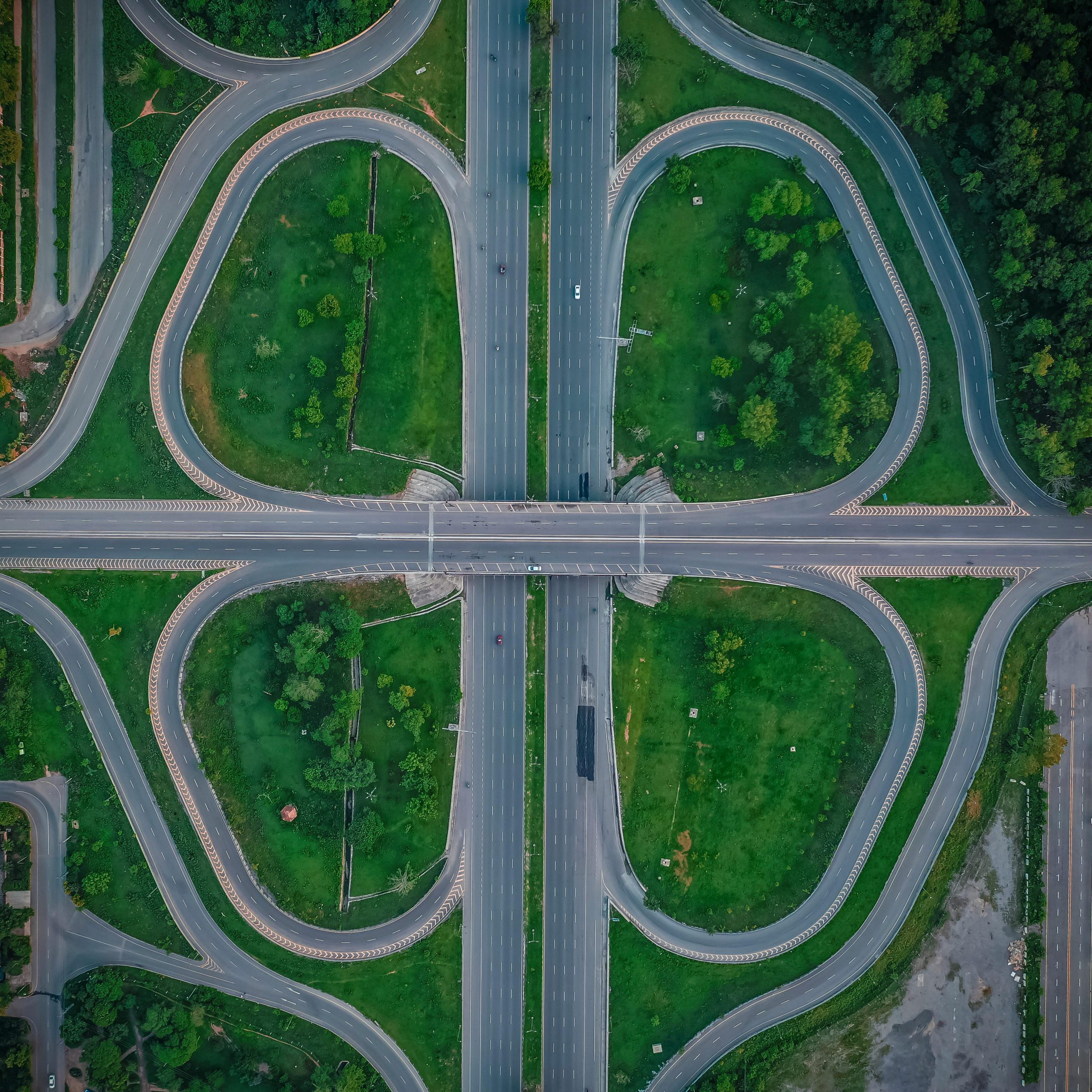The Covid-19 pandemic has come as an unprecedented shock to global social and economic systems with significant cross-sectoral impacts. But not everyone has been equally affected by this, leading to a pattern of recovery from the pandemic which is unequal and inconsistent. While the health consequences of the pandemic are obvious, developmental impacts are less evident and indicate a larger long-term threat to inequality. Not only has suffering, poverty and vulnerability risen, income inequality has also gone up. Recent data shows a substantial increase in the wealth of billionaires and hence the distributional impact of covid-19 is significant. The highest income groups have experienced disproportionately high-income growth rates while the poor continue to suffer. This blog highlights key aspects of such inequality in a post-covid world and what governments must consider to mitigate or reduce its impact especially on the poor, marginalised and vulnerable.
A worsening situation
Even before the onset of the pandemic, inequality was an important policy concern for policymakers, donors and academics. However, Covid-19 has necessitated swift and immediate action to address inequality worsened by the pandemic. Tackling inequality is not straightforward as it is becoming exceedingly difficult to define what all it entails. Inequality is inherently a multidimensional and complex concept.
In most recessions the poor tend to be at a disproportionately higher risk and the recession brought on by the pandemic has been no different. It has decimated certain segments while leaving other segments completely unscathed. However, the economic impact of the recession caused by Covid-19 is unique in many ways. Prior to the pandemic, the poor had actually been performing better than the middle class in terms of economic growth, but the top 1% has done incredibly well and that is what creates most of this disparity.
The Covid-19 case is unique as the disease and the cure (including containment measures) both adversely affect inequality. The elderly and people in high density areas (mostly poor) are more likely to be impacted by the health shock caused by the disease. Even the initial mitigating measures in the form of social protection handouts, emergency cash transfers and deferred utility payments etc, rolled out mostly in a blanket form, had a varying impact on the different segments of the population based on their pre-existing capabilities to withstand shocks. The on-going vaccine rollout also remains unequal as richer countries have overall higher access than developing countries, while within countries those residing in cities and with access to government facilities are getting vaccinated earlier on. Across these multiple facets of inequality each reinforcing the other, a pressing concern remains that their impact may compound in an exponential manner resulting in a massive rise in inequality.
The multiple dimensions of inequality and covid-19
The pandemic has impacted inequality in various manners and across multiple phases. We can classify three categories of these phases: Inequality of opportunity, inequality in the labor market and inequality stemming from state action.
Inequality of opportunity: This phase begins from inception where the circumstances of one’s birth dictate the opportunities they can access particularly in terms of health and education which are in part also dictated by geography. Such inequalities have worsened significantly due to the pandemic, particularly evident in the case of education where access to online schooling is unequal, whereas education delivery has become a major challenge due to lockdowns. And while the quality of education has suffered across all types of schools (public and private), it has been much worse for children from poor households. Children from more affluent backgrounds living in more infrastructurally developed areas have been able to continue their education due to availability of internet connectivity and multiple technological devices that have allowed children to attend online classes. The same is not true for their poorer, more rural counterparts. Access to education also has a gender dimension. It is predicted that 11 million girls might not go back to school post Covid-19. Such disparities in early opportunities can manifest in adult lives, making individuals less productive members of the society. .
Inequality in the labour market: Educational background is a key determinant of the kind of employment one is eligible for and for an individual’s bargaining power in the labour market. The pandemic has exacerbated existing disparities in employment. The ability to work from home is highly correlated with education and “pre-pandemic” earnings, and while daily wage earners have lost jobs and incomes, the richer segment has been better able to adapt to the changing job landscape. Typically, inequality in the labour market is most evident across the urban rural divide. However, Covid-19 has impacted the urban centres significantly more than rural areas due to the nature of the disease and how it spreads. But within urban areas, it is the informal/daily wage earners and fixed salary workers with low-education qualifications associated with industries impacted by lockdown that remain most vulnerable to its impact. Hence increasing income inequality within urban areas.
Inequality stemming from state actions: The government has a responsibility to create a more equitable society. One way to do that is to ensure redistribution of wealth and earnings within society. There are various tools to help achieve this such as tax, transfer and expenditure policies that also include social protection measures. However, policymakers face several challenges in reaching out to those most impacted by Covid-19. Cash transfer programs such as the one under ehsaas Pakistan usually has a minimum threshold and criteria for eligible recipients, yet the segment most impacted by the pandemic includes daily wagers and the service sector in urban areas not targeted by the programs. This segment of the population is generally not ultra poor and often do not meet the selection criteria of such social protection programs. Hence, when shocks such as Covid-19 occur it becomes difficult to rapidly and effectively target the needy.
More than growth
Good economic growth has the ability to insulate an economy and absorb negative shocks. However, growth alone is not enough, instead needs to be inclusive. This can be achieved by building strong social security systems.
Subsidies are used as a mechanism for redistribution and until recently, was the only tangible means for the public to verify what the government was doing for them. Now there are other, more efficient, ways to achieve this. Direct cash transfers, especially when done digitally, have enormous potential and significantly reduce the risk of leakages and wastages associated with subsidies. Yet huge amounts of subsidies are built into Pakistan’s budget and the political economy of making radical changes to/reforming subsidy programs remains extremely complex. Hence, adopting large scale transfer programs in lieu of subsidies remains easier said than done.
Data Challenges
It is exceedingly difficult to quantify the magnitude of the impact of Covid-19 on income inequality due to the complexity of inequality and government structures which through redistribution and support policies can alter the spread of wealth within society. The problem is compounded by the lack of data which has become difficult to collect due to the pandemic. Hence accurate estimates about the impact cannot be made. The government needs to come up with rapid effective data collection strategies reliant on spatial and real time data – such as night lights data, mobile and satellite data – to promote more dynamic means of gathering information to inform policy such as the data collection done for Togo’s cash transfer program. The one key learning from the pandemic has revealed the immense potential of the digital space. To realise this potential, access to the internet is essential. Governments should work to provide good stable internet connection at affordable prices.
A changing lens: from inequality to vulnerability
Growth covers up many of the imperfections in economies but due to the pandemic there hasn’t been any growth, rather many economies have gone into a very steep recession and with this recession many gaps and fractures in service delivery have become more pronounced. Many people have become newly vulnerable. The best way to deal with shocks like Covid-19 is by insuring against them and addressing vulnerabilities.. The concept of resilience is of extreme importance. The ability to bounce back from shocks requires more attention which is why the focus should shift from inequality in terms of poverty statistics and income measures to mitigating vulnerability. If every individual is equipped to fend for themselves and their families in adverse times, it can eventually lead to a reasonably more equal society.
What it all boils down to
A key takeaway from the current pandemic is that the underlying persistent inequality needs to be effectively addressed to make countries more resilient to external shocks. Growth may be key to achieving this as growth has the ability to mask many of the stresses and imperfections in the economy, but while growth is the basis, the true antidote to inequality lies in effectual and well thought out distribution strategies. Governments must take this opportunity to invest in development.




